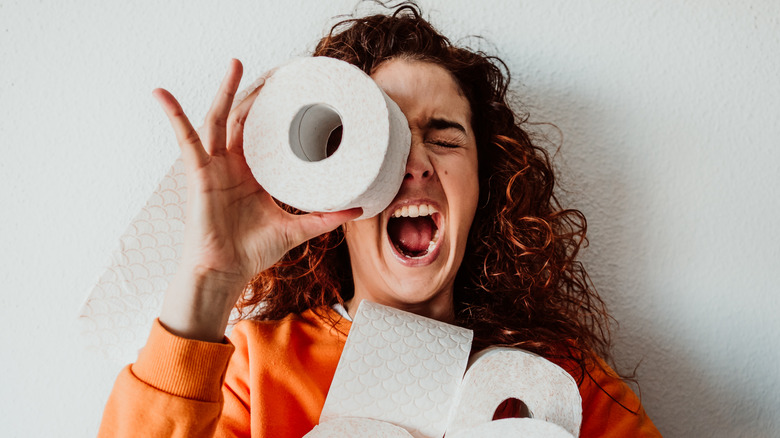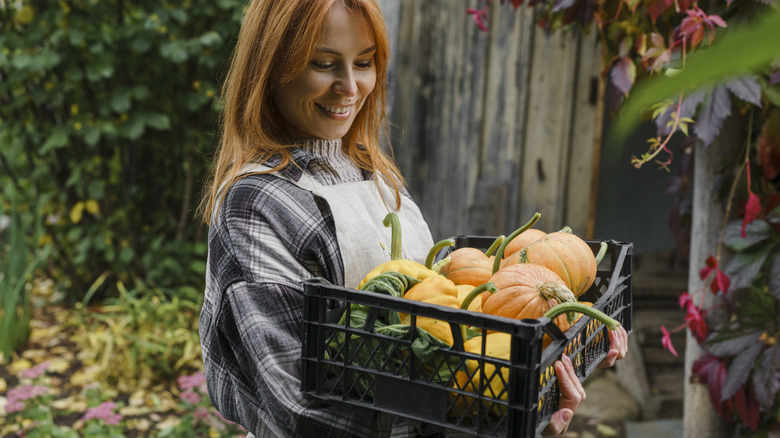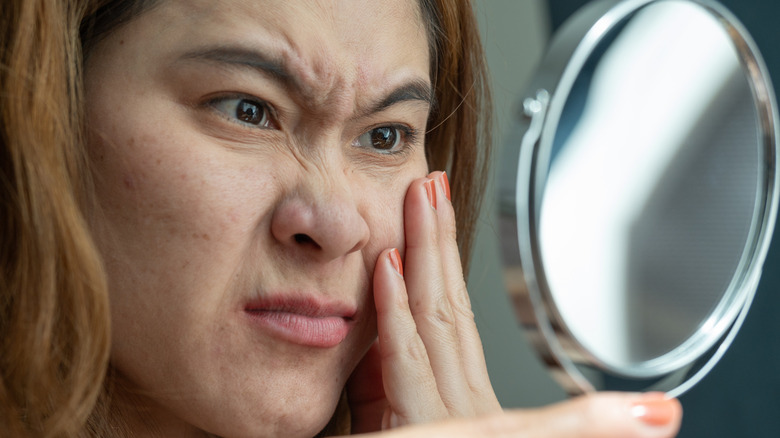It’s a bit unsettling when you go to the bathroom, only to realize that your “number two” has an orange hue. Fortunately, it probably doesn’t mean you have to get medical treatment. Typically, orange bowel movements are just a side effect of what you’ve put into your body recently. In fact, you might be surprised at the number of foods (and other items) that can affect the color of fecal matter.
Take orange-flavored drinks, gelatin, candies, icings, and similar items that rely on artificial dyes, for instance. The dyes that are used to turn those items orange aren’t necessarily digested. Thus, eating a cupcake or a slice of cake with colorful icing could lead to a similarly colorful bathroom visit, sometimes even with so-called rainbow poop.
Consequently, if you wipe after using the toilet and realize your stool is orange, ask yourself if you’ve been eating anything that might use orange colorings. If you have, you can expect that once the dye has worked its way through your body, the orange will fade away.
Wholesome ingredients can lead to orange stools
That doesn’t mean that only artificial products can produce orange stools. Orange (or orangish) foods may also end up coming out of your body nearly the same color they came into it.
For instance, carrots, sweet potatoes, and apricots all have orange flesh due to the presence of a compound called beta-carotene, which is an antioxidant. Though the flesh of veggies and fruits containing beta-carotene will change color while moving through your digestive tract, that flesh may still retain some orange as it leaves your body. Consider it a short-lasting legacy of the highly beneficial beta-carotene you just ate.
Yet orange foods aren’t the only ones that can make your bathroom visit a little surprising. The decidedly green herbs cilantro and thyme may also transform your bowel movements into a shade of orange. Green collard greens can do likewise. Again, you can blame the beta-carotene in those foods for making your bathroom visit visually unusual.
The strange occurrence of orange skin
Incidentally, if you overeat foods with beta-carotene, you could heighten your chances of experiencing carotenemia, which is when your skin turns orange. (As it turns out, many common foods can have bizarre side effects when consumed.)
Carotenemia is relatively rare because it requires you to eat large amounts of foods containing beta-carotene, as noted by dermatologist Dr. Melissa Piliang (via Cleveland Clinic). According to Dr. Piliang, you’d have to eat “about 20 to 50 milligrams of beta-carotenes per day for a few weeks” to be at risk of carotenemia. For comparison, one cup of apricot halves has around 1.69 milligrams of beta-carotene and one cup of canned carrot juice contains about 21.95 milligrams of beta-carotene (U.S. Department of Agriculture). Therefore, it might be tough to exceed maximum levels for days and days unless you’re focused on consuming mainly beta-carotene-rich foods.
What if you haven’t eaten any unexpected foods that are known to cause stools to look orange? Take an inventory of the medicine you take. Some antibiotics, antacids with aluminum hydroxide, and other drugs can cause the same temporary phenomenon. Per a 2013 article in Gastroenterology and Hepatology, the psychotropic drug phenothiazine and the antibiotic rifampin can turn stools a shade of orange-red. Though it can feel weird to see orange in the toilet, you probably don’t have to get too concerned. As long as it happens infrequently, feel free to flush it out of your mind.


